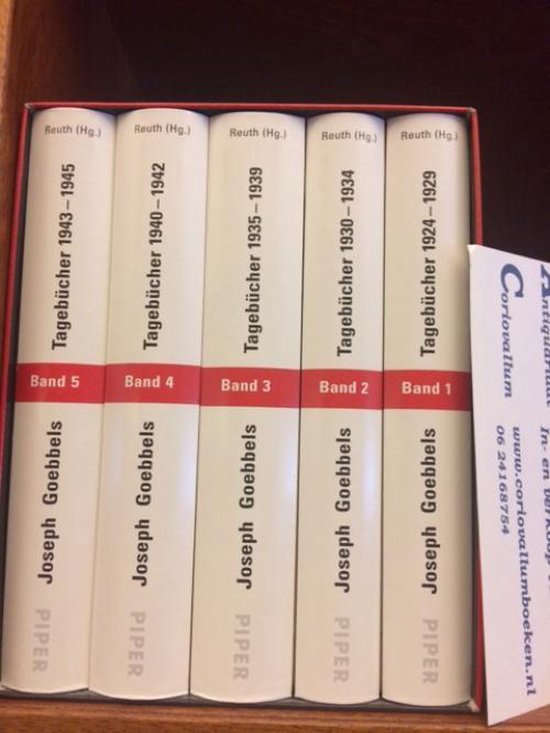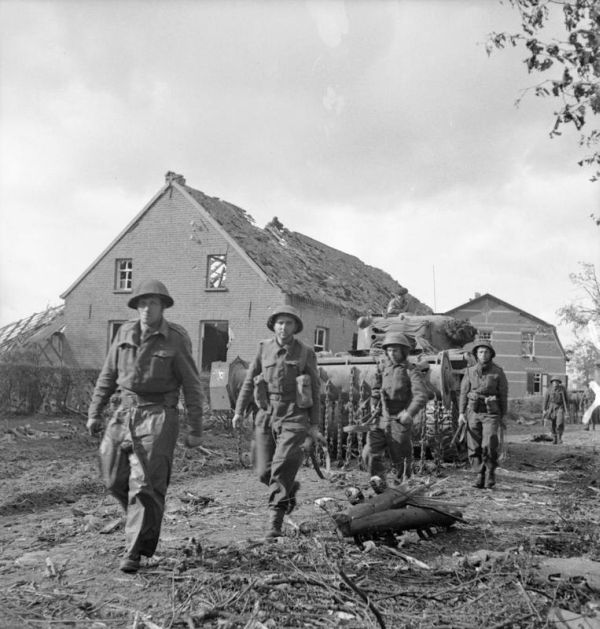Traces of War Overloon: 8. Brick Factory
In the village of Overloon, a route has been set out with fifteen signs. It provides a picture of what happened in the village at fifteen different locations in the village. The route is called: "Traces of the war" and was made possible by the Overloon War Museum.
The Battle of Overloon from September 26 to October 14, 1944
For more than four years, the Second World War had more or less passed Overloon. But on September 26, 1944, the front reached this village in De Peel. The narrow strip of land liberated during Operation Market Garden between Eindhoven and Arnhem was slowly but surely widened. The advance of the Allied army went well up to Overloon. There the Germans had dug in to stop the enemy. On September 30, the Allies launched the attack with the US 7th Armored Division. After 9 days of very fierce fighting, the exhausted Americans withdrew and were relieved by British army units commanded by Major General L.C. Whistler. After a few days of relative rest, in which heavy rainfall had turned Overloon into one big mud pool, all hell broke loose on October 12 at 11 a.m. For an hour and a half the Allies bombarded the German positions with heavy artillery and air raids. More than 100,000 grenades flew around the Germans. When the village was completely in ruins, the advance of the British began. House by house was taken at the cost of huge losses. Fierce man-to-man fights also took place in the woods. On October 14, at four in the afternoon, the last stronghold, the church, fell in the village of Overloon. The Germans still present were taken prisoner. Overloon was left as a completely destroyed village.
8. Brickworks
Between its commissioning in 1905 and its destruction in October 1944, the steam brick factory was the workplace for many Overloners, who made 15 million bricks here, intended for the construction of the St Anna psychiatric institution in Venray. The stones were transported by trolley, pulled by a small locomotive, over a 5 km long narrow gauge railway to Venray. The fact that the tall chimney could possibly serve as a lookout is probably the reason why the factory was completely destroyed. Many church towers were also destroyed for the same reason. The house next to the factory on the Merseloseweg site would also not survive the bombing.
Do you have more information about this location? Inform us!
Source
- Text: TracesOfWar.nl
- Photos: TracesOfWar.nl
- Oorlogsmuseum Overloon
Related books
Nearby
Museum
- War Museum Overloon - Overloon
- Museum "Van Postzegel tot Tank" - Groeningen
- Historical Collection of Anti-Aircraft Artillery - Vredepeel
Point of interest
- Information Sign Aircraft Crashes and Emergency Landings WW2 in Boxmeer Municipality - Overloon
- Information boards Facing Freedom Overloon - Overloon
- Wehrmacht Cottage Venray - Venray
Monument
- Hiders Chapel Overloon - Overloon
- Traces of War Overloon: 9. First Remembrance Day 14 October 1945 - Overloon
- Traces of War Overloon: 7. Ruined Church - Overloon
Cemetery
- Commonwealth War Cemetery Overloon - Overloon
- Commonwealth War Cemetery Venray - Venray
- Dutch War Graves Venray - Venray
Fortification
- Peel-Raamstelling - S-kazemat - Ysselsteyn
- Peel-Raamstelling - S-kazemat - Ysselsteyn
- Peel-Raamstelling - S-kazemat - Deurne






